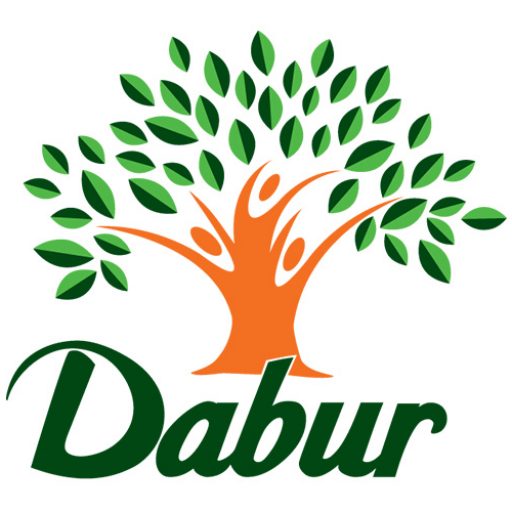
دابر ويلنس
ابق على اتصال للحصول على آخر التحديثات والحملات والمبادرات الملهمة من دابر إنترناشيونال.

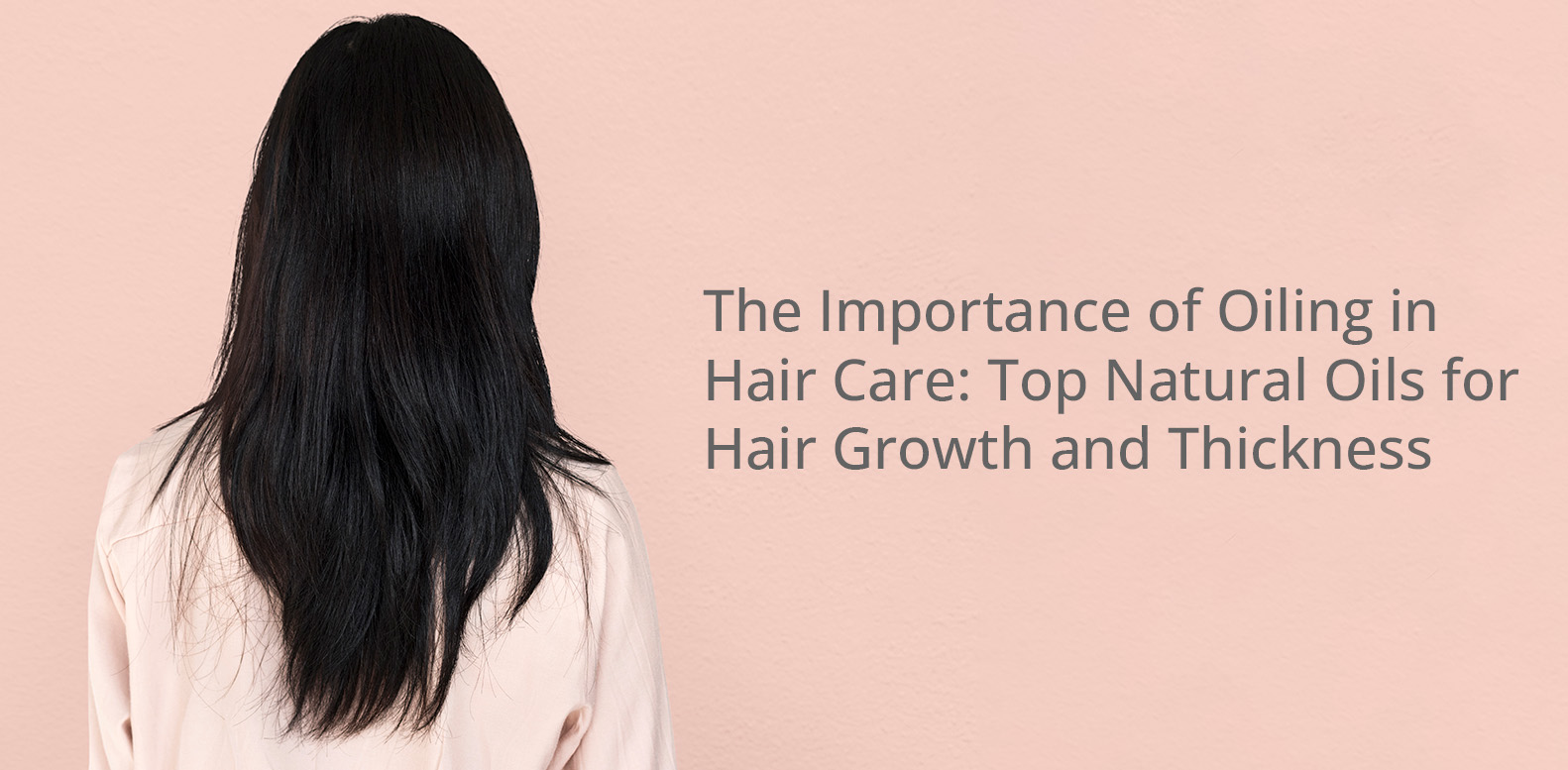
أفضل زيوت الشعر الطبيعية لنمو الشعر وسمكه: أهمية التزييت في العناية بالشعر
هل تساءلت يوما لماذا تبدو طقوس العناية بالشعر السرية لجدتك ، والتي تتميز بزيت الشعر الطبيعي ، دائما مثل السحر؟ تخيل هذا: فترة ما بعد الظهيرة الحارقة ، والرمال ترقص في مهب الريح ، ومع ذلك ، تمشي بعض النساء بشعر يبدو وكأنه قد لمسه الحرير الخالص. سرهم؟ فن تزييت الشعر القديم بزيت الشعر الطبيعي […]
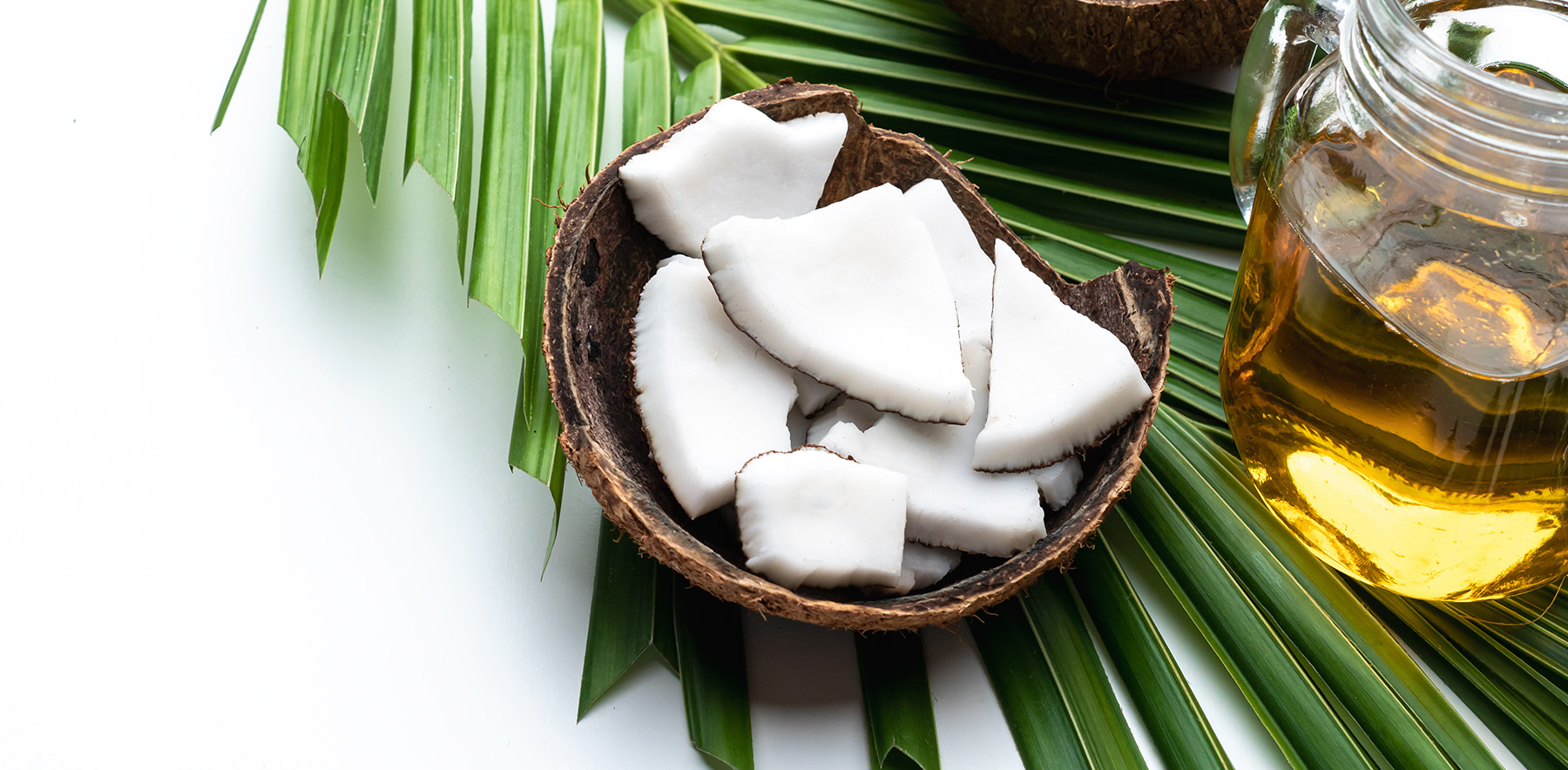
هل زيت جوز الهند مفيد للشعر؟ اكتشفي أهم فوائد زيت جوز الهند لنمو الشعر وشعر أكثر صحة
تم الاحتفال بفوائد زيت جوز الهند لنمو الشعر لعدة قرون ، مما يجعله عنصرا أساسيا في روتين العناية بالشعر في جميع أنحاء العالم. يشتهر زيت جوز الهند لنمو الشعر بقدرته على دعم صحة الشعر ، وغالبا ما ينتقل عبر التقاليد الثقافية أو يوصي به خبراء العناية بالشعر الحديثون. هذا الزيت متعدد الاستخدامات غني بالعناصر الغذائية […]
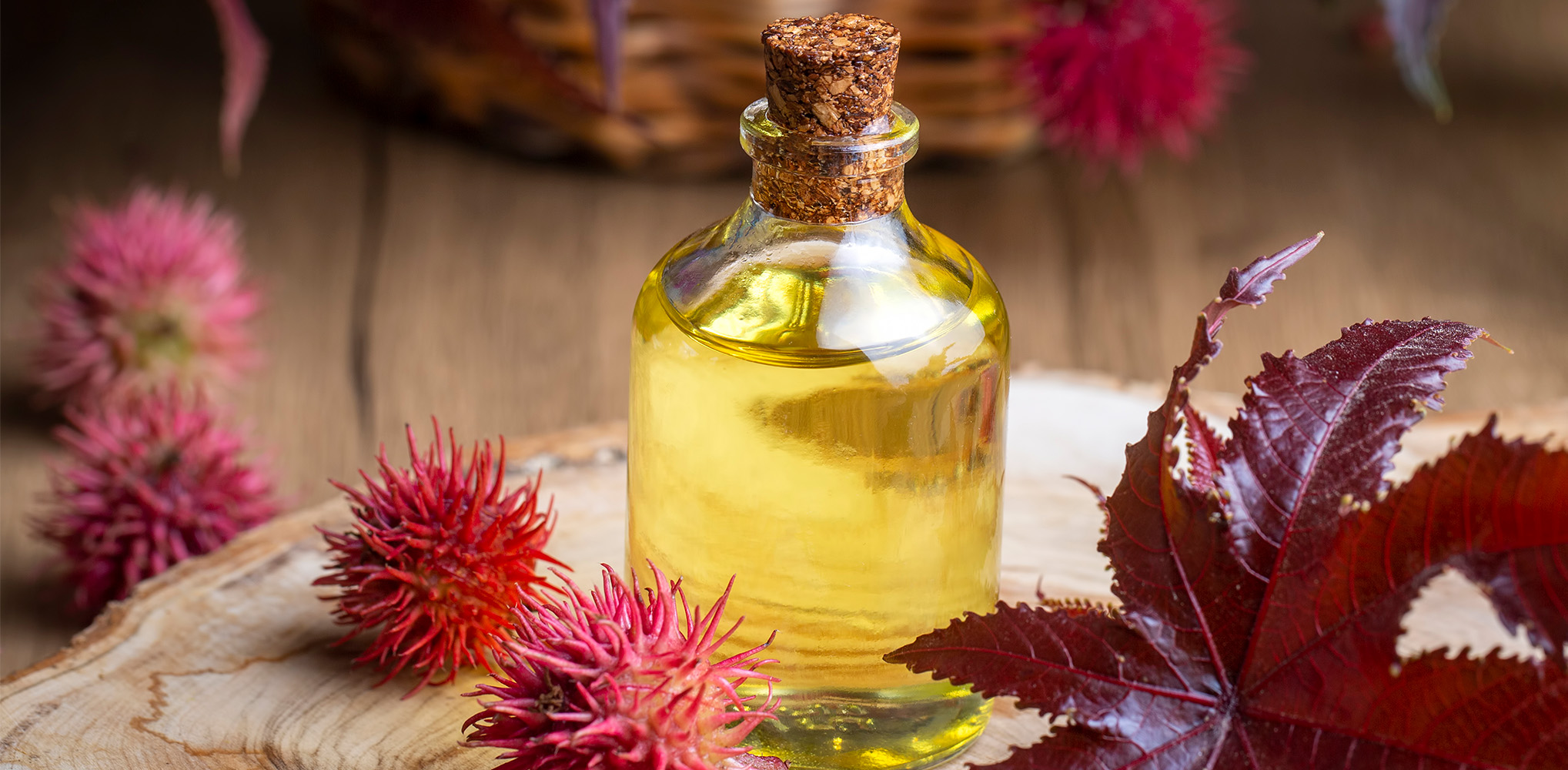
زيت الخروع لنمو الشعر: أطلق العنان للفوائد القوية لشعر أكثر صحة وكثافة
عندما يتعلق الأمر بالعلاجات الطبيعية للعناية بالشعر ، فإن زيت الخروع لنمو الشعر يبرز كمفضل مجرب وحقيقي. هذا الإكسير الذهبي ، المستخرج من بذور نبات الخروع ، غني بالعناصر الغذائية مثل حمض الريسينوليك وأحماض أوميغا 6 الدهنية ، مما يجعله حلا مناسبا لمجموعة واسعة من مشاكل الشعر وفروة الرأس. لعدة قرون ، تم الإشادة بزيت […]

أفضل شامبو مضاد للقشرة في الإمارات العربية المتحدة: أفضل الاختيارات لمحاربة الرقائق وتهدئة فروة رأسك
هل تعاني من قشرة الرأس المستمرة وحكة فروة الرأس؟ أنت لست وحدك. في المناخ الجاف والرطوبة العالية في الإمارات العربية المتحدة ، يمكن أن تصبح قشرة الرأس معركة مستمرة. الرقائق البيضاء والتهيج وحساسية فروة الرأس ليست مجرد مشاكل على مستوى السطح – إنها علامات على عدم التوازن في النظام البيئي لفروة رأسك. العثور على أفضل […]
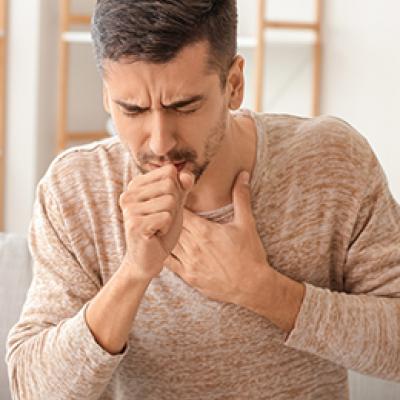
أفضل العلاجات المنزلية لالتهاب الشعب الهوائية
يطلق على صعوبة التنفس اسم شواس روجا في الأيورفيدا. للوصف ، تصنف الأيورفيدا الصعوبات المحددة في التنفس إلى 5 أنواع مختلفة.

علاج منزلي لحرق الجلد
تلف الجلد أو الأنسجة العميقة بسبب الشمس أو السوائل الساخنة أو الحريق أو الكهرباء أو المواد الكيميائية. تعتمد درجة شدة معظم الحروق على حجم وعمق الحرق.

العلاجات المنزلية الطبيعية / الأيورفيدا لنزلات البرد
تصف الأيورفيدا نزلات البرد ب Prathishyaya. تشارك إفسار فاتا وكافا بشكل فردي أو معا بشكل عام في المرض.

العلاجات المنزلية لآلام البطن
يعرف هذا باسم Shoola في الأيورفيدا. تم وصف ثمانية أنواع من الشولا ، والتي تشمل فاتاجا ، بيتاجا ، كافاجا ، فاتا بيتاجا ، فاتا كافاجا ، تريدوشاجا وأماجا.
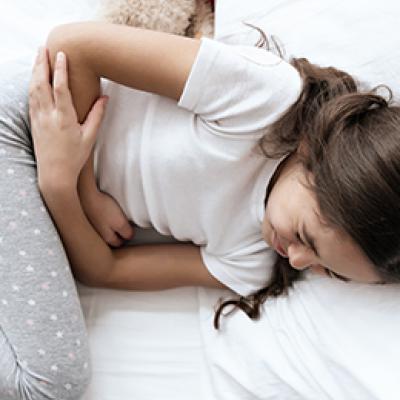
العلاجات المنزلية الأيورفيدا للإمساك
يعرف الإمساك باسم Vibandha في الأيورفيدا. الأسباب التي تؤدي إلى الإمساك هي العادات الغذائية غير المنتظمة وعادات الأمعاء غير المنتظمة إلى جانب الأسباب النفسية.

العلاجات المنزلية للإسهال
تسمى هذه الحالة Atisara في الأيورفيدا. يمكن أن يحدث الإسهال بسبب أي مما يلي: تناول الأطعمة من أي نوعية معينة بكميات زائدة؛ الأطعمة غير المتوافقة مع Prakriti الخاص بك أو مع الاختلافات الموسمية ؛ تناول الأطعمة غير المطبوخة جيدا ؛ المياه الملوثة أو المشروبات الأخرى وما إلى ذلك. علاوة على ذلك ، في الأيورفيدا ، يوصف الإسهال أيضا بأنه ناتج عن أسباب عقلية وسموم.

العلاجات المنزلية للحمى
الحمى أو جوار هي واحدة من أكثر الكيانات الموصوفة شمولا في الأيورفيدا.

العلاجات المنزلية لانتفاخ البطن
يعرف انتفاخ البطن باسم Anaha في الأيورفيدا. الدوشا المسببة هي فاتا وتتميز بتصلب في أسفل البطن والتغوط الهزيل ومشاكل التنفس العرضية.

العلاجات المنزلية لضربة الشمس / ضربة الشمس
تعرف ضربة الشمس باسم Surya Santap في الأيورفيدا. سوريا سانتاب (الإنهاك الحراري) يؤدي إلى تريشنا (العطش المفرط).

العلاجات المنزلية لعسر الهضم
يعرف هذا باسم Ajeerna في الأيورفيدا. إنه نتيجة الصيام أو استهلاك الطعام قبل هضم المدخول المبكر للطعام.

العلاجات المنزلية الطبيعية / الأيورفيدا لآلام المفاصل
تم تصنيف آلام المفاصل على نطاق واسع تحت Sandhivata و Ama Vata بواسطة الأيورفيدا. بينما يرتبط Ama Vata بالتهاب المفاصل الروماتويدي من حيث علم الأمراض ، فإن النوع الآخر قريب من التهاب المفاصل من الشيخوخة.

العلاجات المنزلية لفقدان الشهية
يعد فقدان الشهية وعسر الهضم من الكيانات المرتبطة ارتباطا وثيقا باضطراب الجهاز الهضمي في الأيورفيدا. Agnimandhya هو المصطلح المستخدم للدلالة على فقدان الشهية بينما يشير Ajeerna إلى عسر الهضم.

العلاجات المنزلية لآلام العضلات
توصف جميع الآلام تقريبا بما في ذلك آلام العضلات في الجسم بأنها فاتاجا في الأصل في الأيورفيدا.

العلاجات المنزلية للغثيان
الغثيان هو عدم الراحة في المعدة والإحساس بالرغبة في القيء. يمكن أن يكون الغثيان مقدمة لقيء محتويات المعدة.
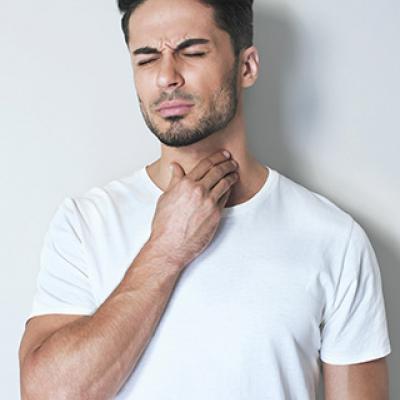
العلاجات المنزلية لالتهاب الحلق
تم ذكر التهاب الحلق كأحد أعراض نزلات البرد في الأيورفيدا. وقد وصف بأنه ألم يشبه الوخز في الحلق.
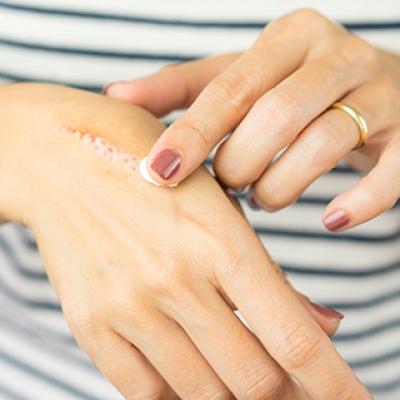
العلاجات المنزلية للجروح
تم وصف الجروح في الأيورفيدا باسم فرانا. تم وصف جميع أنواع الجروح تقريبا ، بما في ذلك الجروح المؤلمة.

العلاجات المنزلية لألم الأسنان
يمكن أن يكون لألم الأسنان أسباب ليست ناتجة عن مرض أساسي. تشمل الأمثلة قضم شيء صلب ، والخيط ، وتعلق شيء ما بين الأسنان أو الأقواس.

العلاجات المنزلية لحب الشباب
يرتبط حب الشباب في كثير من الأحيان بالمراهقة ، ويطلق عليه اسم Yuvanapidika في الأيورفيدا. تشارك إفادة بيتا وكافا بشكل عام في اندلاع البثور.
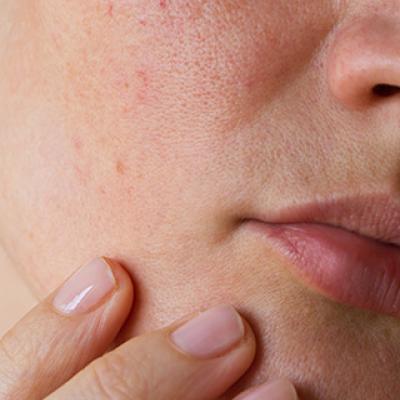
العلاجات المنزلية للبشرة الجافة
تصف الأيورفيدا الهندية البشرة الجافة بأنها سمة سائدة في دستور فاتا. حتى في الأشخاص العاديين ، يسبب فاتا جفاف الجلد عندما يتلف بسبب التأثيرات الموسمية.

أفضل أقنعة الوجه في المنزل
توصي الأيورفيدا بالعديد من الأعشاب التي يمكن استخدامها لصنع حزم طبيعية للوجه. خذ الماء في وعاء واسع الفم أضيفت إليه مساحيق جميع الأعشاب.

زيت التدليك
الغرض الرئيسي من زيوت التدليك هو تليين البشرة لتقليل الاحتكاك أثناء إجراء التدليك.

حزمة الجسم
عبوة الجسم الايورفيدا هي منتج عضوي وطبيعي للعناية بالبشرة مصنوع من فوائد المكونات العشبية المختلفة لمساعدة البشرة على التوهج أو التألق.
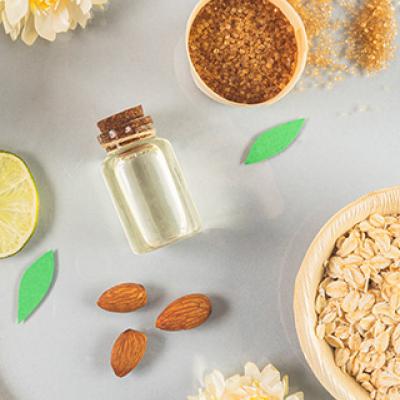
شطف الأعشاب
يعد استخدام الشطف العشبي جزءا من طقوس الاستحمام. يضاف مزيج من الأعشاب المختارة إلى الماء الساخن على النحو الموصى به من قبل الأيورفيدا الهندية.
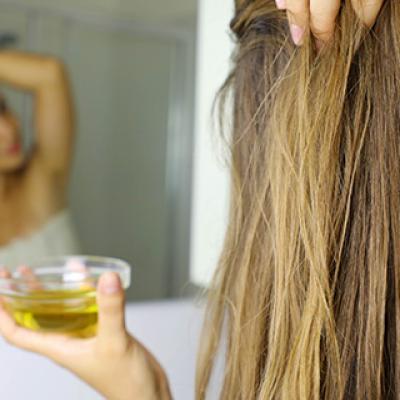
زيت الشعر الترميمي
مزيج خفيف الوزن من المنتجات العشبية والزيوت المغذية لحماية شعرك وترطيبه وتصفيفه.

الشامبو العشبي
تم استخدام الأعشاب كعوامل تطهير منذ الأيورفيدا الهندية القديمة لغسل الشعر. هذه الأعشاب لها جودة رغوة قليلة جدا.

ابق على اطلاع
اشترك للبقاء على اطلاع بأحدث الأخبار والرؤى حول الأيورفيدا والحفاظ على نمط حياة صحي.
